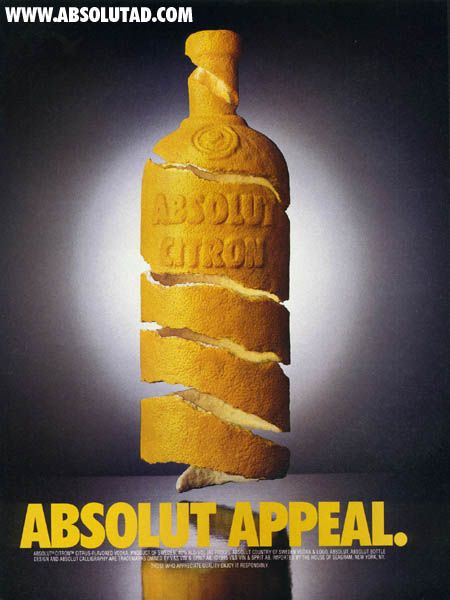It’s no surprise that the back cover of a magazine is the most coveted and expensive unit in the ad inventory. Advertisers have used this space to showcase their latest campaign vision and brand voice. In the 1980’s Absolut Vodka ads used playful blending of branding and clever integration to produce award-winning work that drove sales. Readers would actually “collect” these advertisements as if they were art.
We think bringing that attitude to web publishing is a strategy that smart publishers and brands can utilize as well. Encourage your advertisers to take their time and come up with high-quality, interesting ads that consumers will actually enjoy experiencing, like this ad for fried chicken. Help your advertisers come up with a serial or episodic campaign that plays out over a few weeks, combined with an exclusive contract for the Brandboard ad space.
Over time your audience will come to expect smart, clever, and informative ads appearing in this space — the same way readers pay attention to the back cover of a magazine. When you combine an un-obtrusive ad format with audience expectations of clever content, you have branding impressions that are the exact opposite of annoyance — meaningful engagement.
So let’s stop annoying our audiences with ads they hate. Let’s stop hijacking the browser. Let’s stop serving ads whose only outcome is frustration and distaste for both the advertiser and the publisher. Contact Silvercrayon Labs to get 5,000 hosted impressions on us, then let’s come up with some strategies to drive revenue for your advertisers.
More items to consider when discussing strategy with your clients:
Google and the fold. While placing ads above the fold maximizes their viewability, it’s important not to go overboard with this. Google actually penalizes websites that place so many ads above the fold that the actual website content slips below. Not only does this practice result in a poor user experience, but it’s counter-productive for SEO purposes.
People really do scroll. According to Clicktale and Neilson Norman Group, people really do scroll in today’s long form vertical web pages. 22% of visitors reached the bottom of the webpage in a recent survey. Most other points on the page were likely to be reached roughly the same amount as each other - in fact with a slight bias towards points lower down on the page. The visible content that doesn’t ask for an action is what motivates a user to scroll. You know that visitors do in fact scroll. So, you can make their lives easier by creating dynamic sections so they can locate the content or action they’re after quickly. Scanning web pages is pretty much how most visitors browse — and so, attractive images are your best friends in web design. Choose your words carefully, and make your CTAs pop. Don’t devalue your only asset. Trade practices that are now using more obtrusive practices that create advertising that covers, pushes, pulls, or re-arranges content, and takes control away from the viewer and devalues their only asset — CONTENT. It reflects poorly on both the advertiser and the publisher. Result: you are destroying your value and decreasing your viability.
See Brandboard running on a demo siteWant to see it working on your site?
Place this single line anywhere in your source code:

